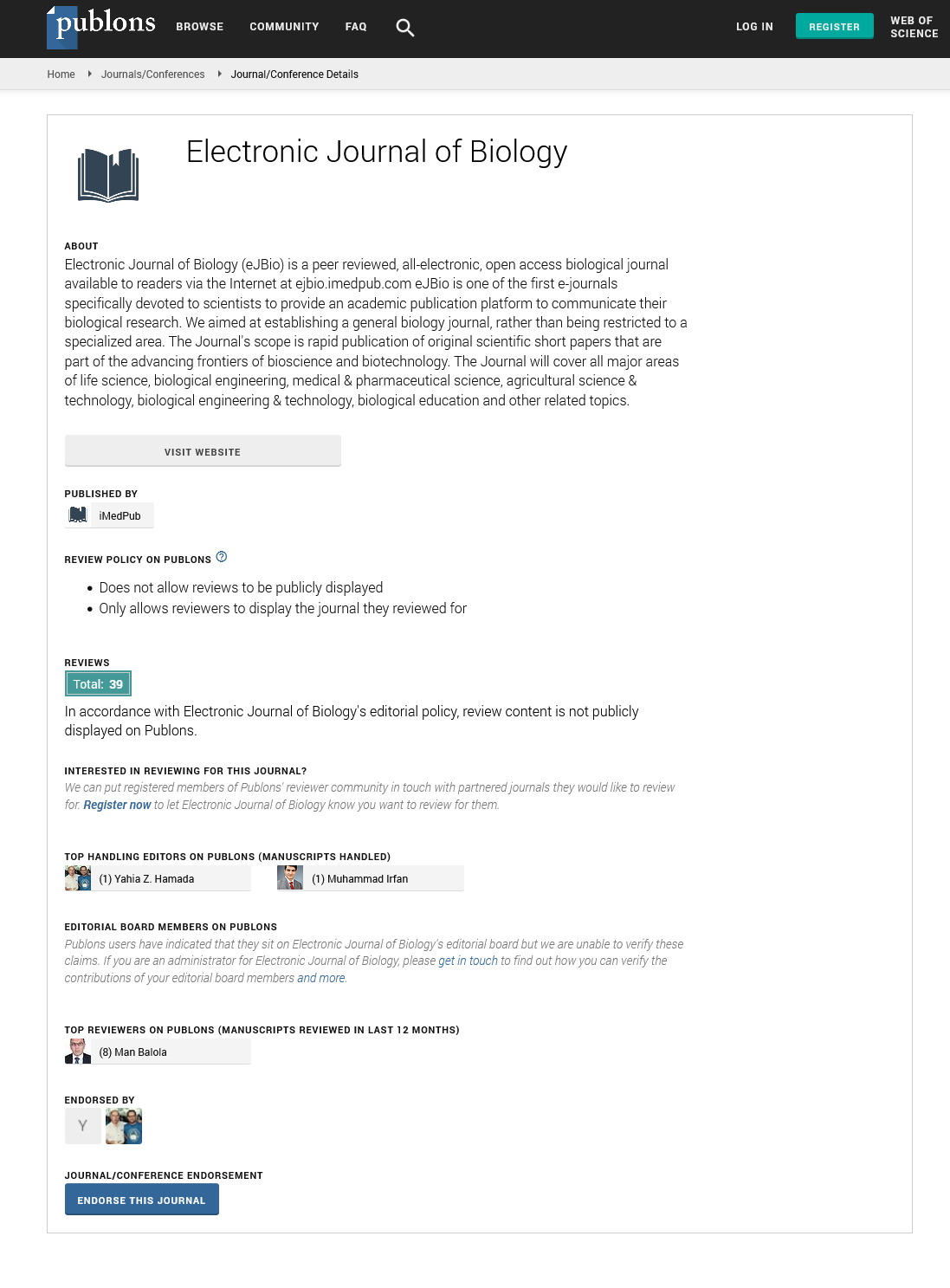Abstract
The Ecological Engineering of HAB: Prevention, Control and Mitigation of Harmful Algal Blooms
The public and government faced with the negative impacts of harmful algal blooms, nowadays we minimize those impacts through routine monitoring programs, harvesting closures, or other related activities, yet relatively little effort is devoted to direct research on control or mitigation strategies. This article will summarize various methods to prevent, control, or mitigate HAB and their impacts, furthermore, summarize the current international methods to prevent red-tide - physical, chemical and biological methods, Some of these are reasonably well advanced and are in use in the coastal waters of some countries. Other methods, such as the use of algicidal bacteria, show promise for bloom control, but are further from implementation. This article will also highlight less controversial approaches to HAB prevention, control, and mitigation (PCM), such as large-scale nutrient reductions, bloom prediction, collection and disposal of contaminated shellfish, early-warning system to protect public health, and even the creation of effective communication networks.
Author(s): Wang Jinhui
Abstract | Full-Text | PDF
Share this

Google scholar citation report
Citations : 5001
Electronic Journal of Biology received 5001 citations as per google scholar report
Electronic Journal of Biology peer review process verified at publons
Abstracted/Indexed in
- Google Scholar
- China National Knowledge Infrastructure (CNKI)
- CiteFactor
- Electronic Journals Library
- Zoological Records
- WorldCat
- Proquest Summons
- Publons
- MIAR
- Openaccessarticles.com
- Secret Search Engine Labs
Open Access Journals
- Aquaculture & Veterinary Science
- Chemistry & Chemical Sciences
- Clinical Sciences
- Engineering
- General Science
- Genetics & Molecular Biology
- Health Care & Nursing
- Immunology & Microbiology
- Materials Science
- Mathematics & Physics
- Medical Sciences
- Neurology & Psychiatry
- Oncology & Cancer Science
- Pharmaceutical Sciences


